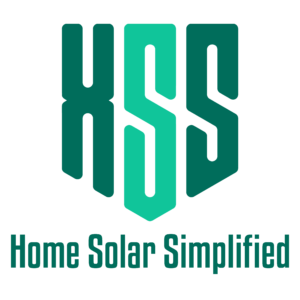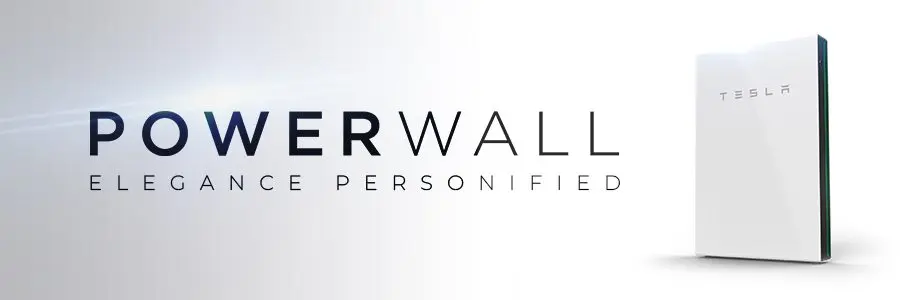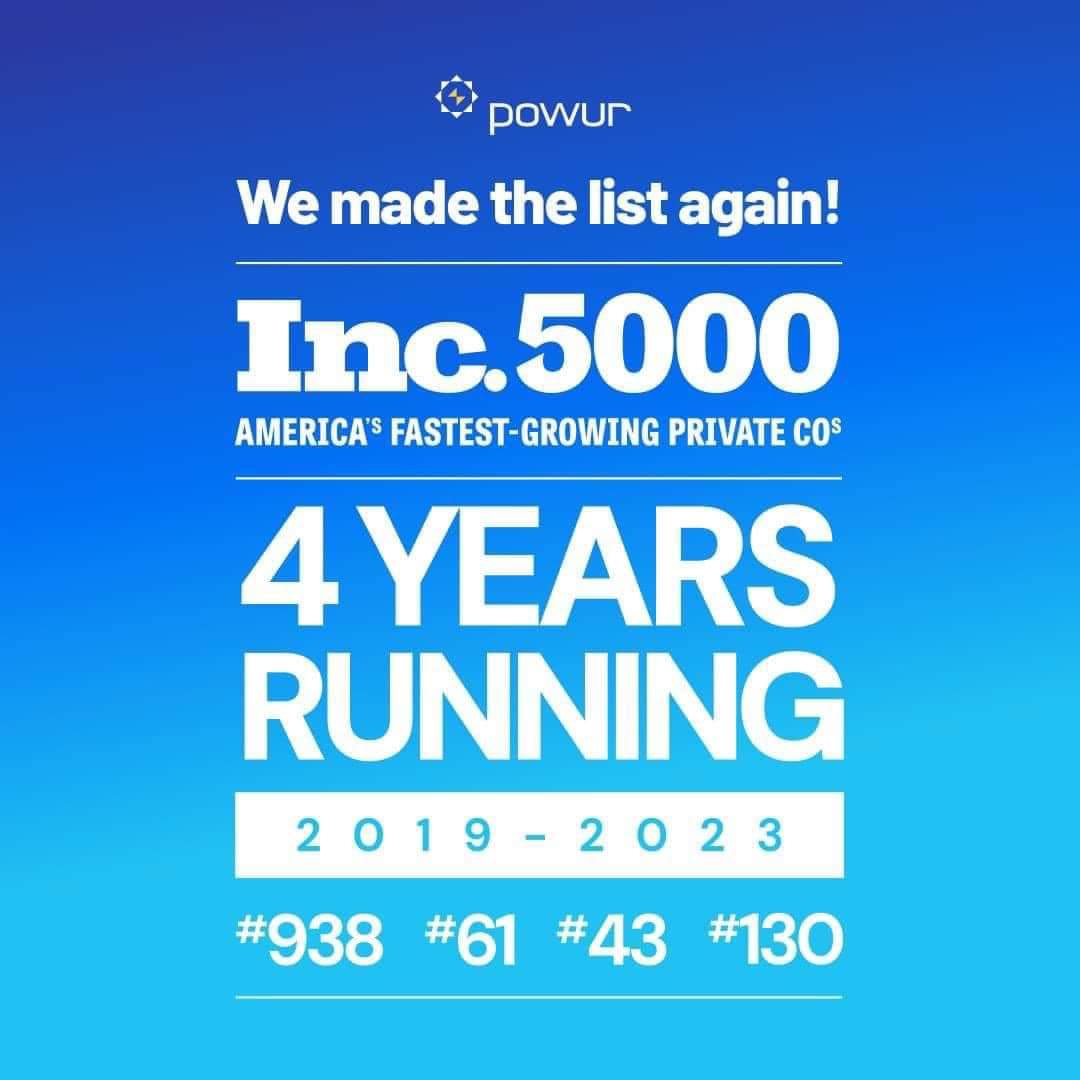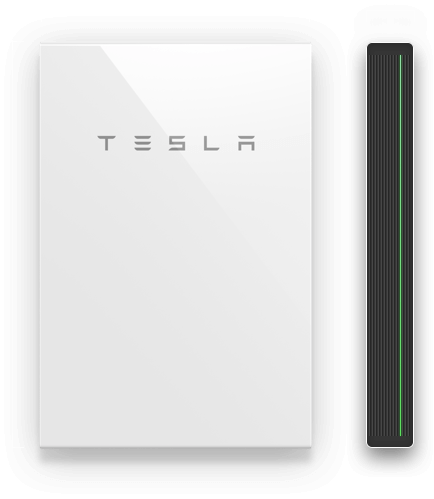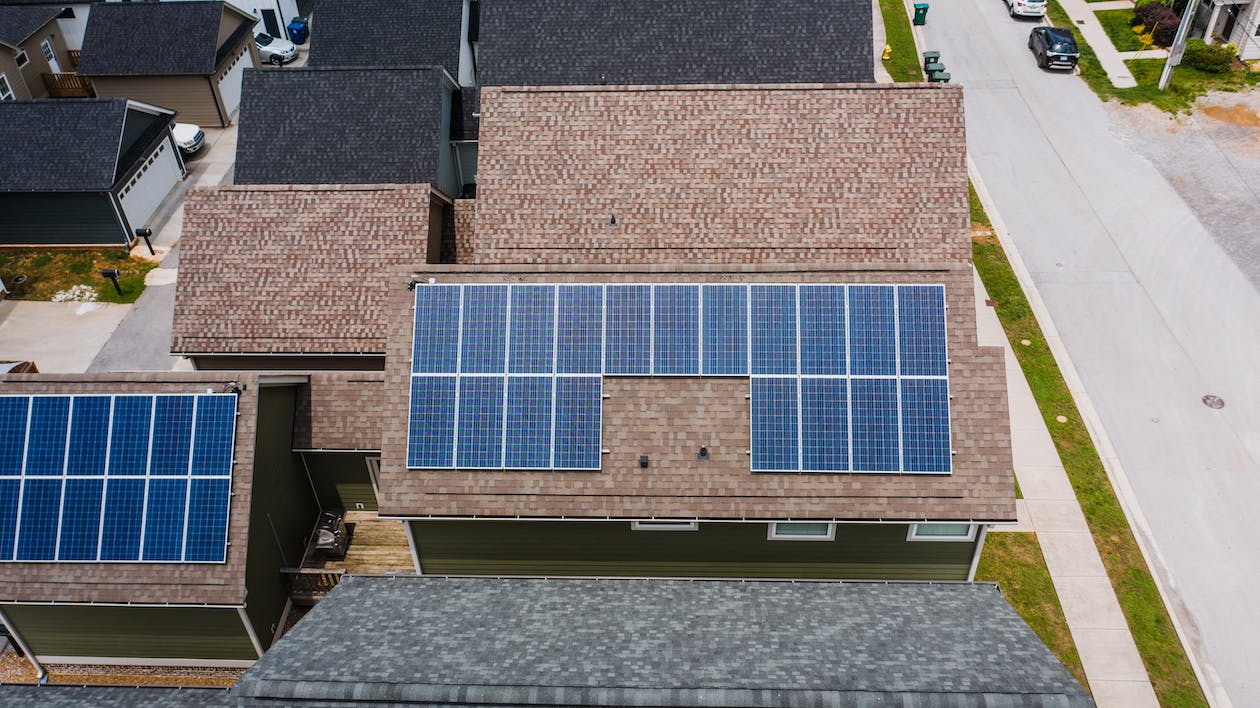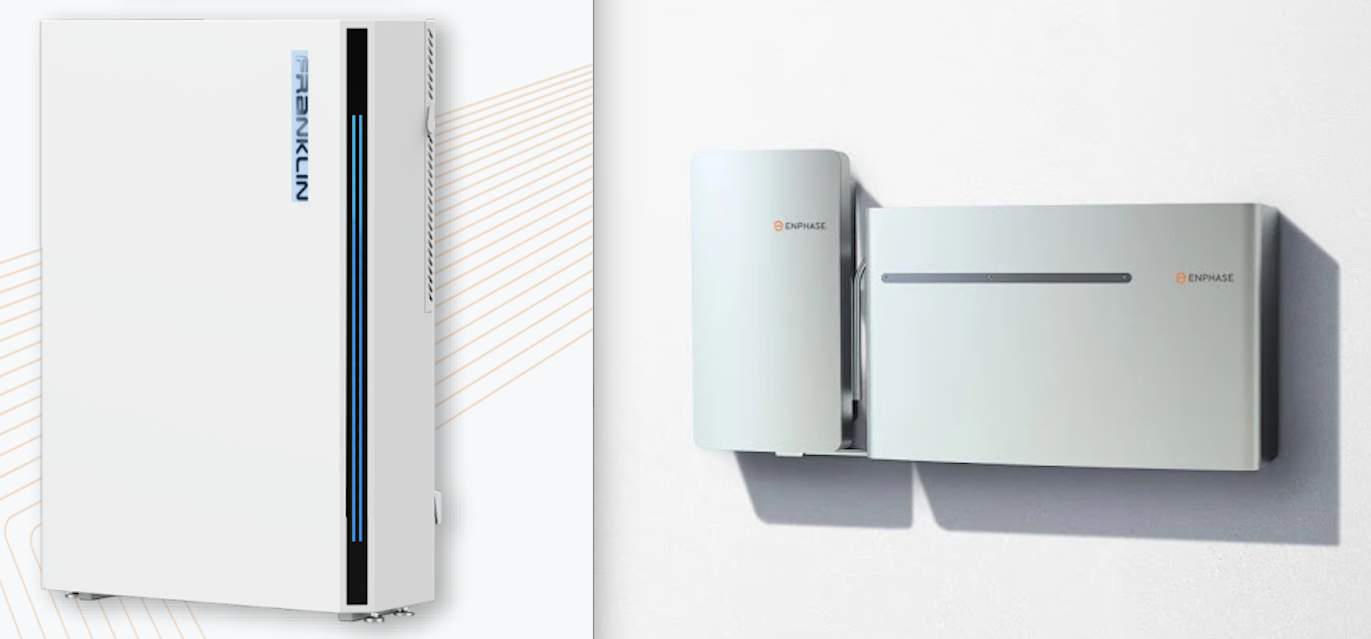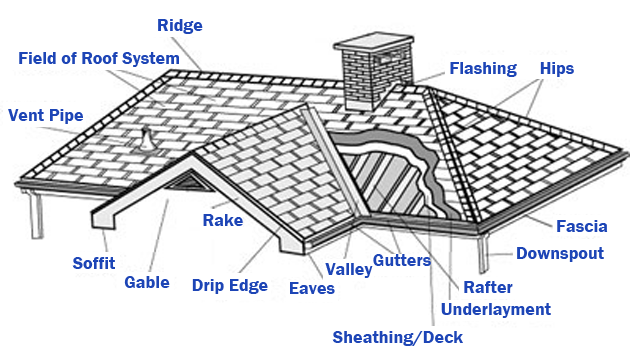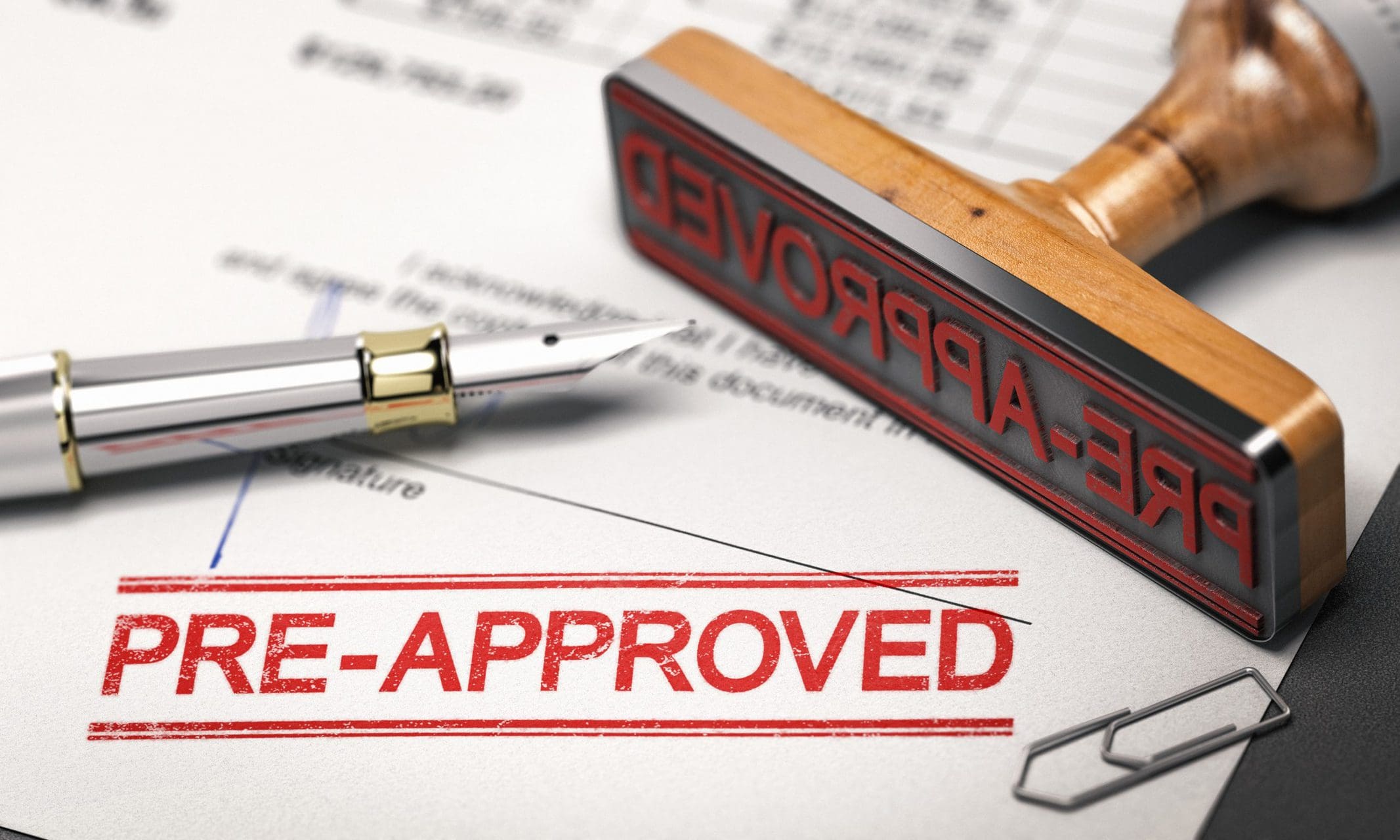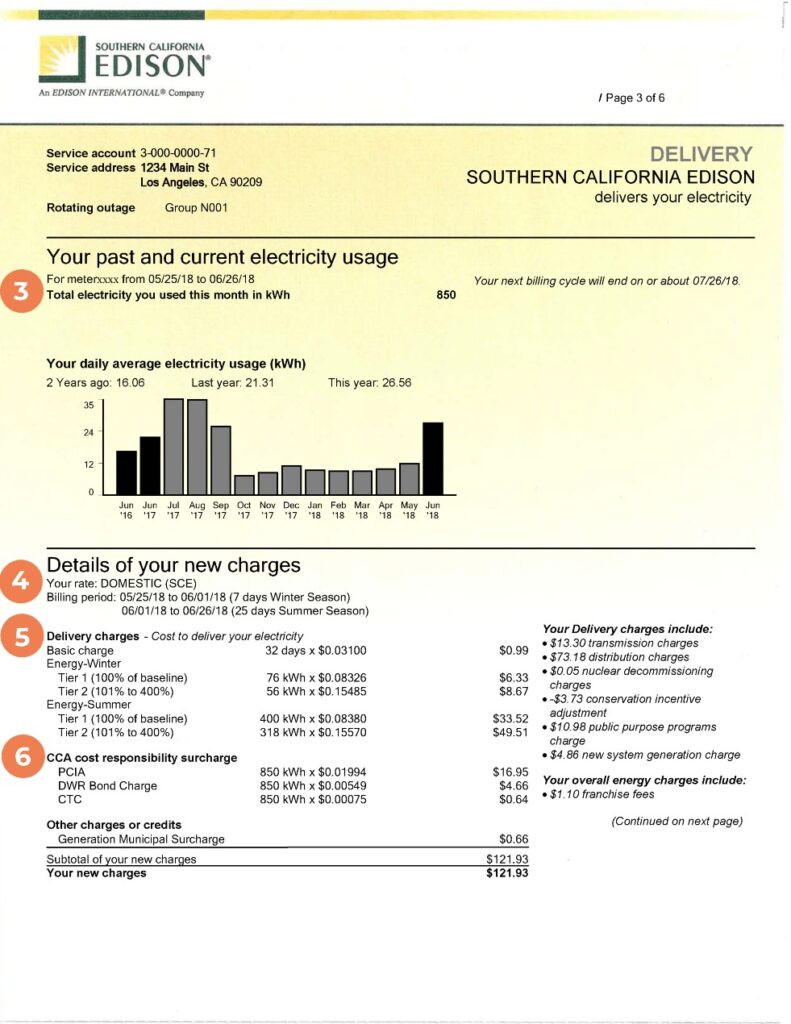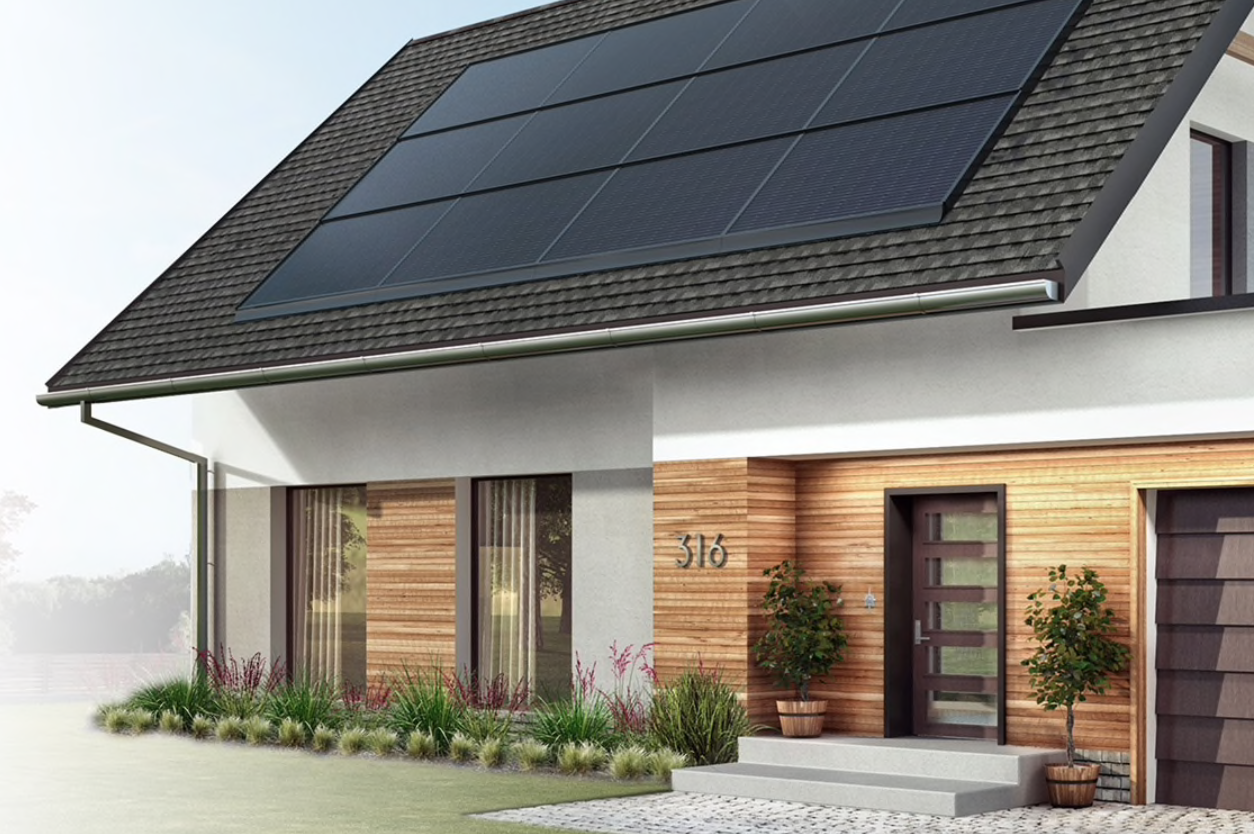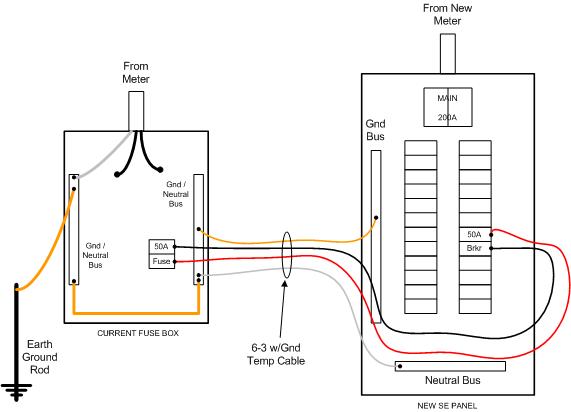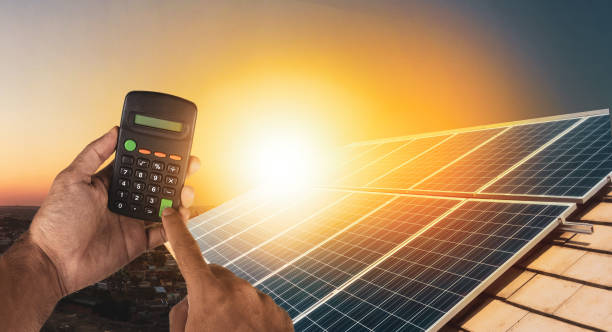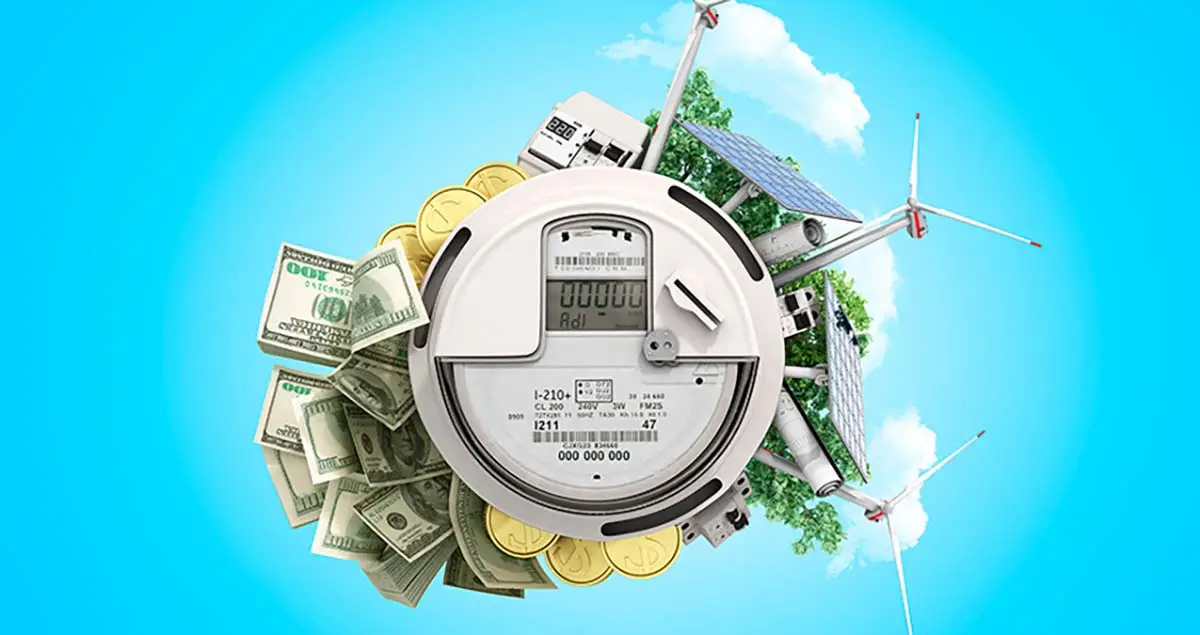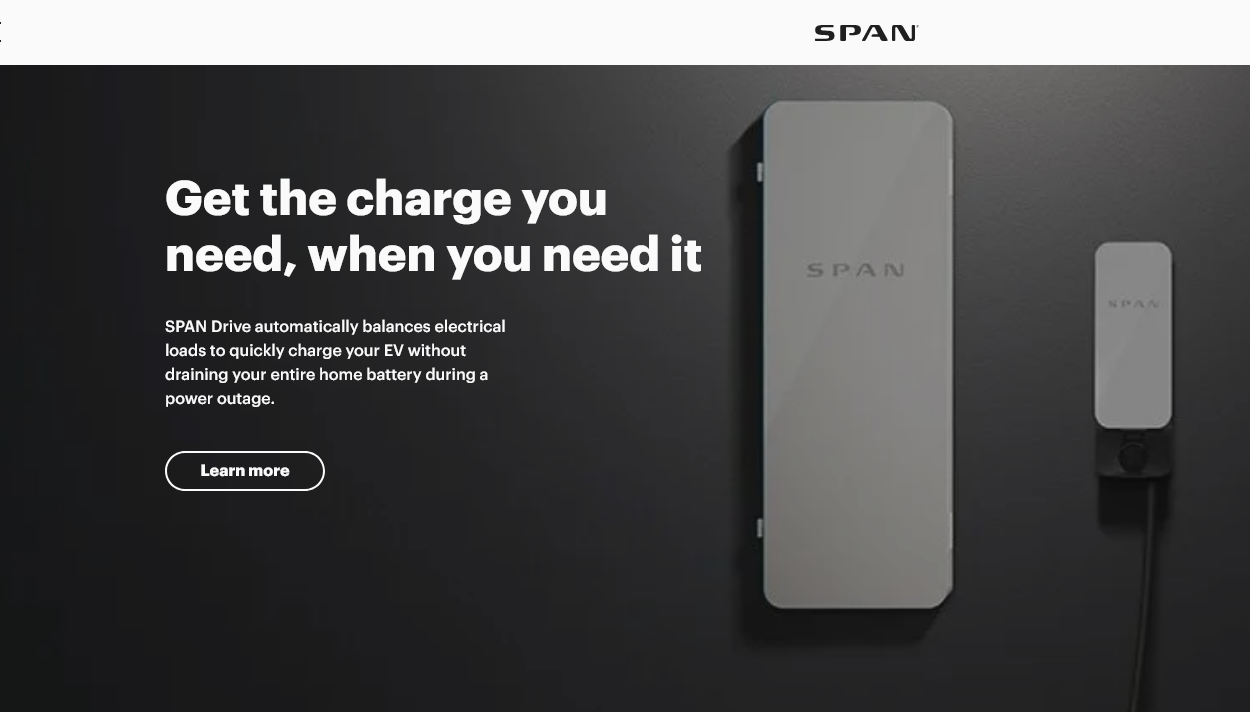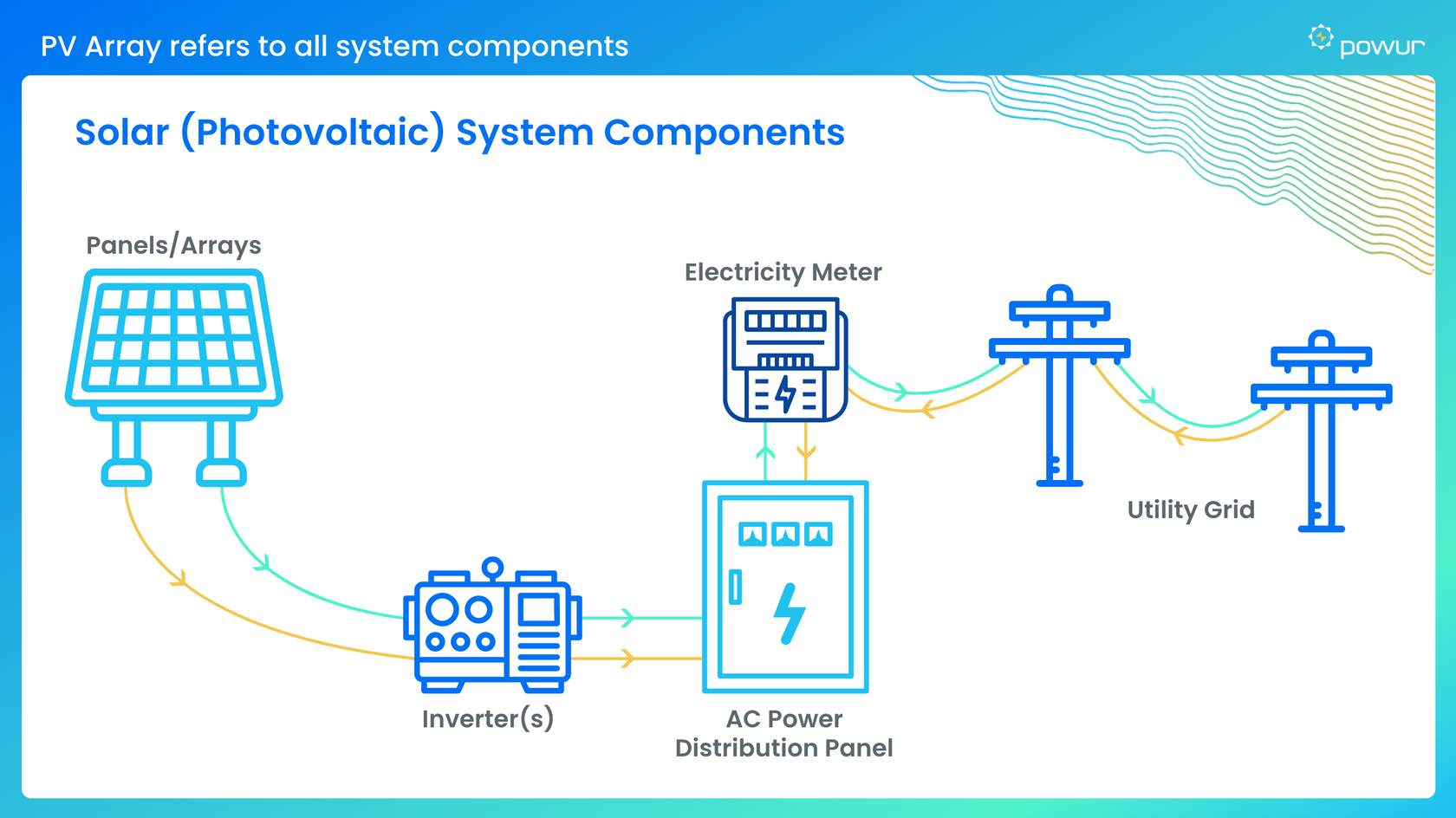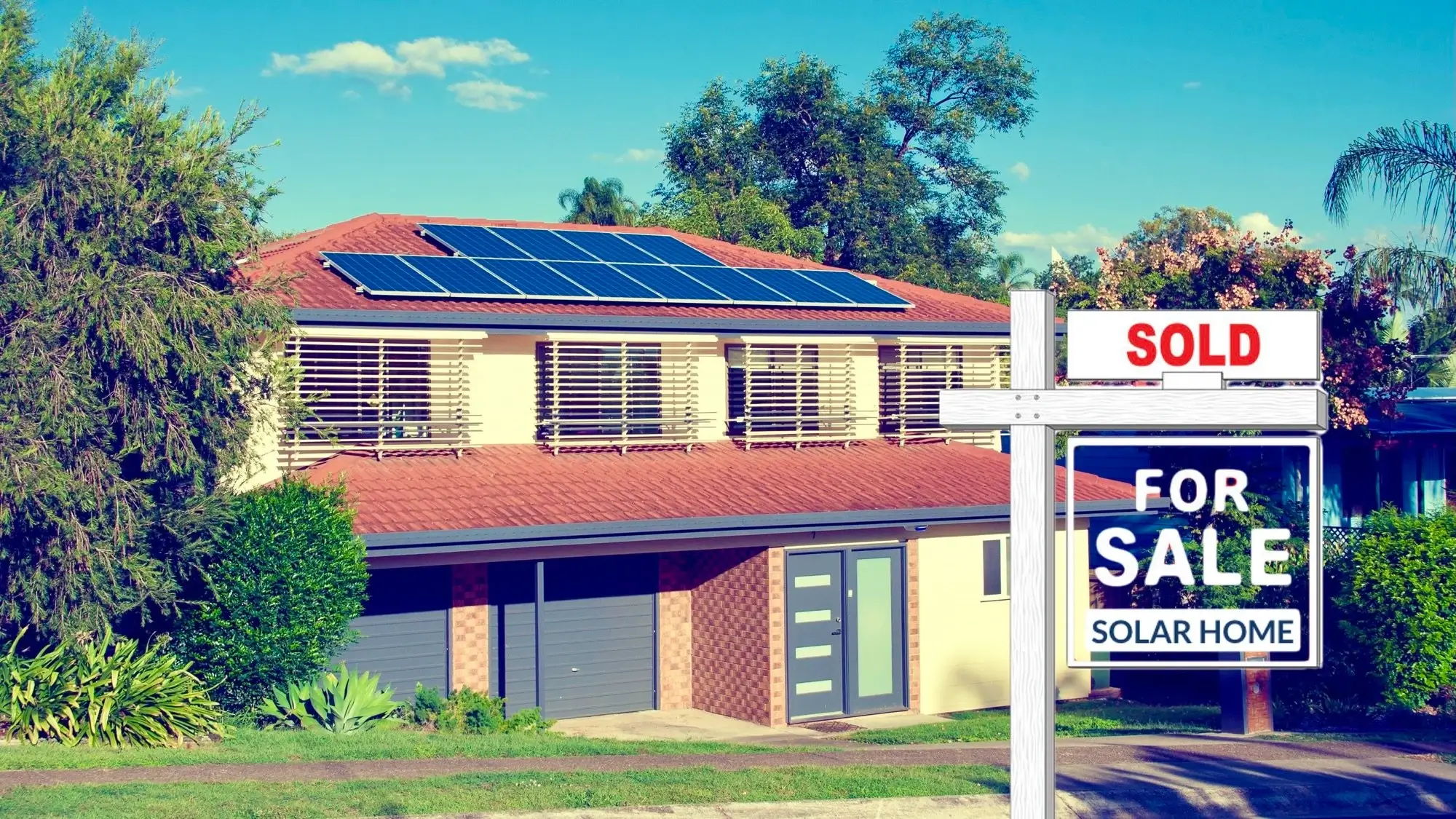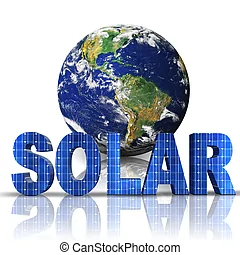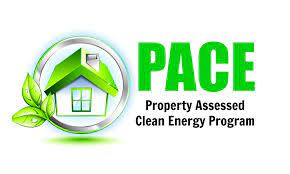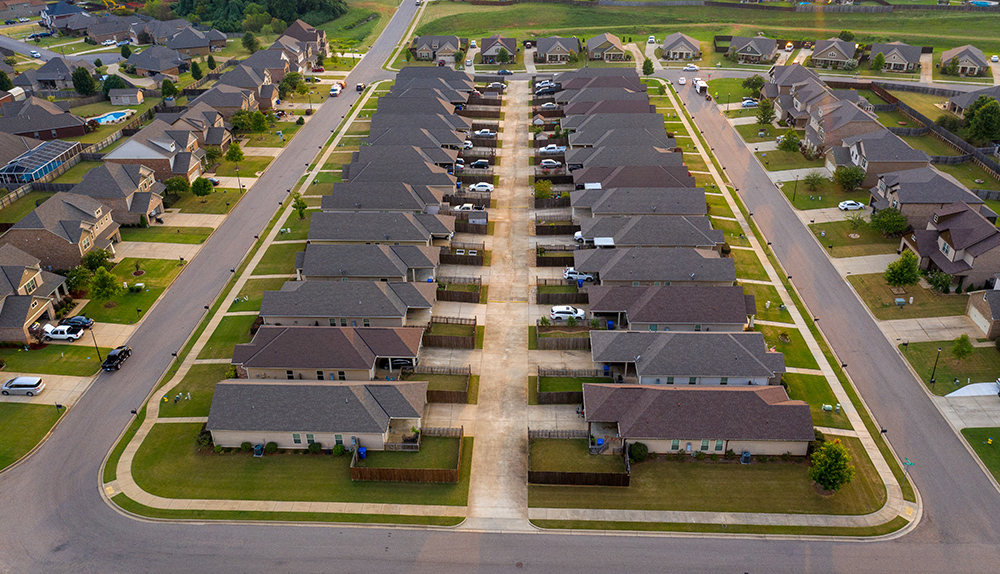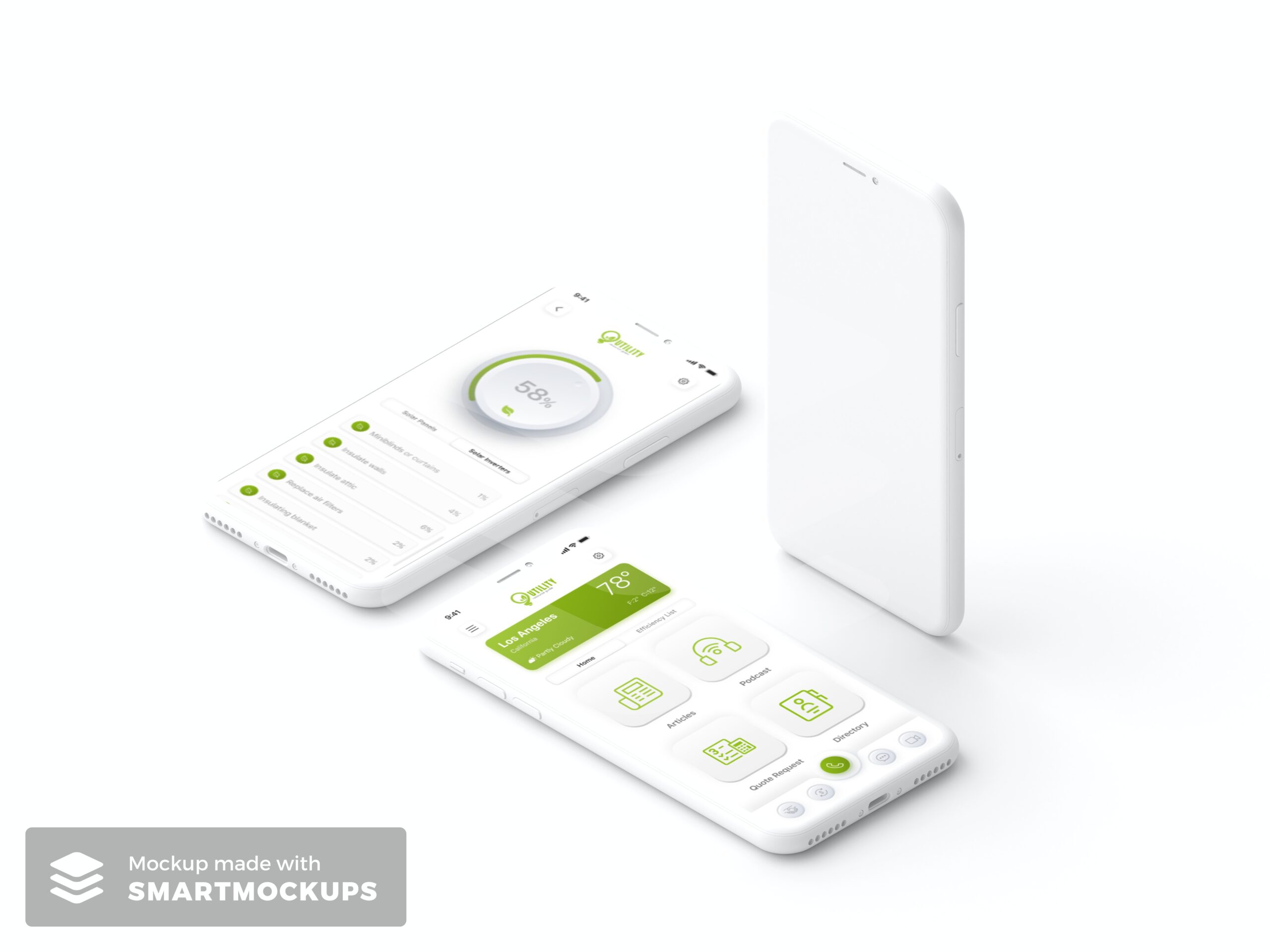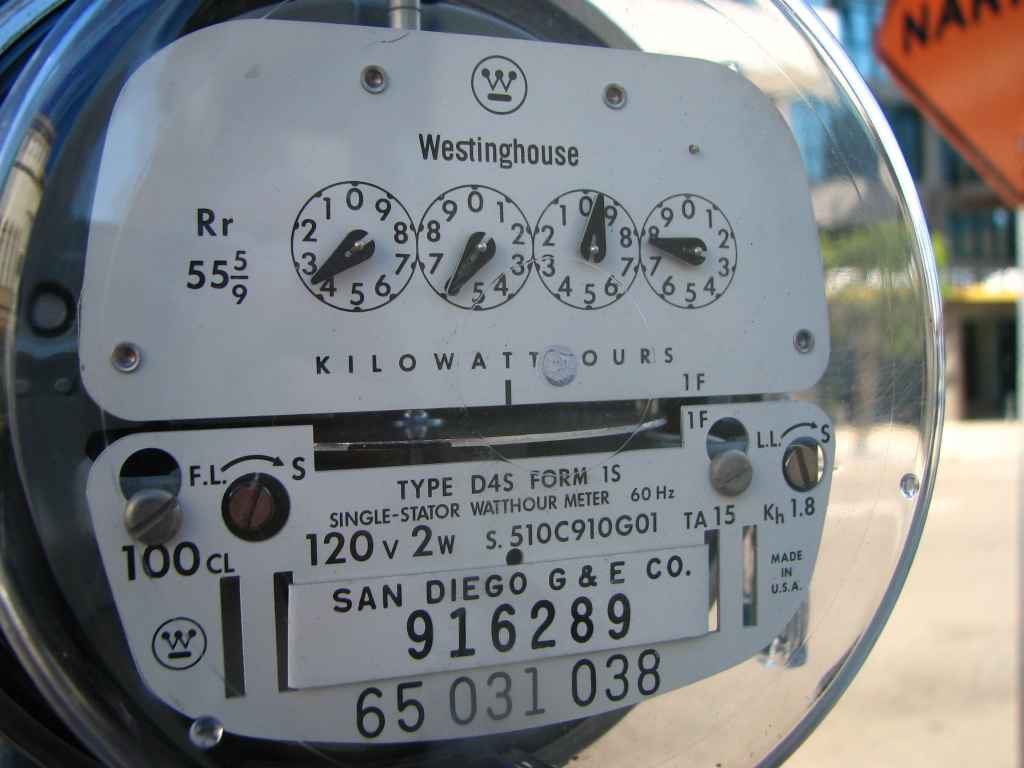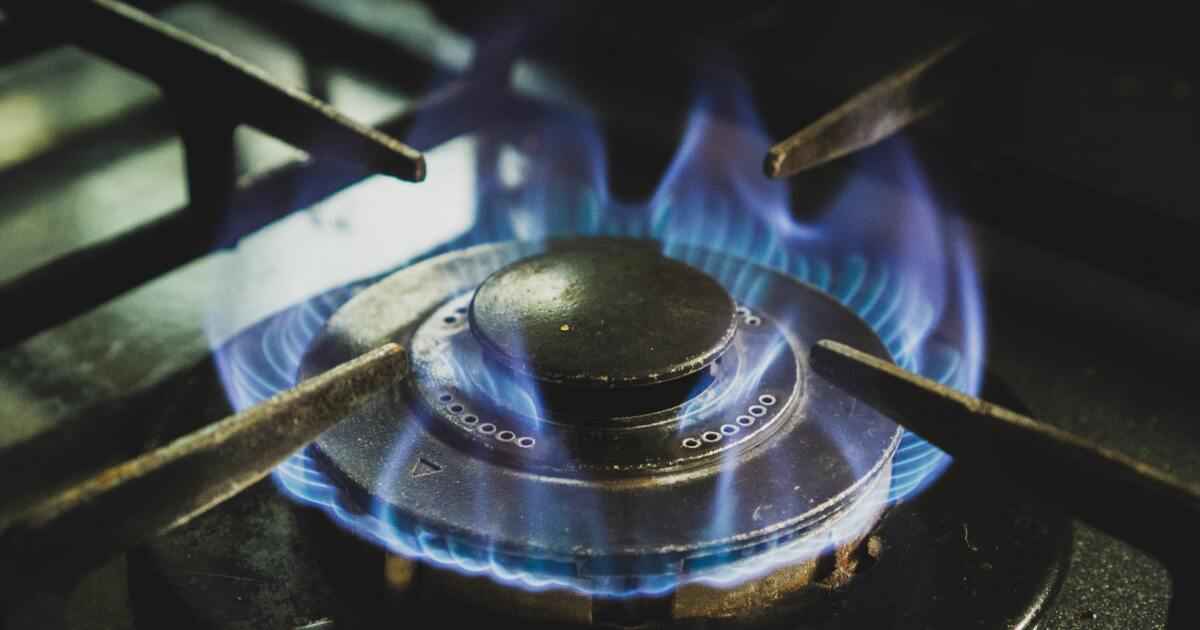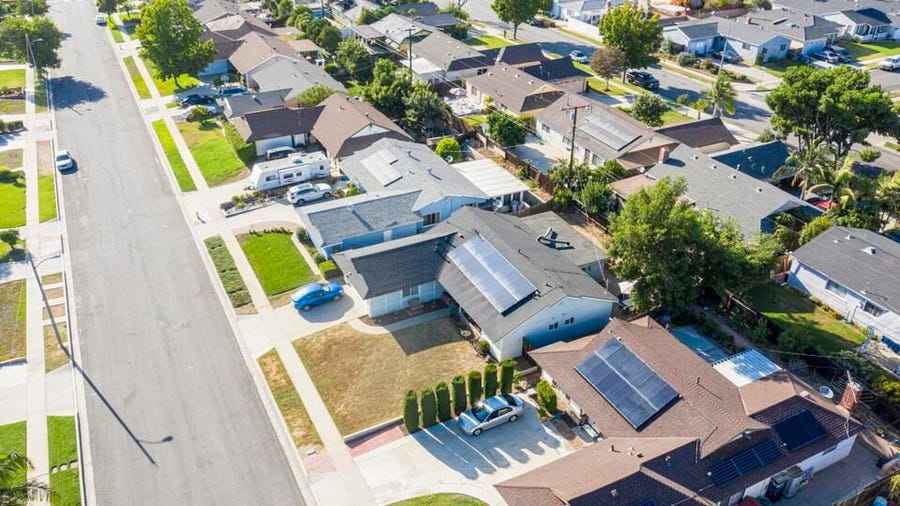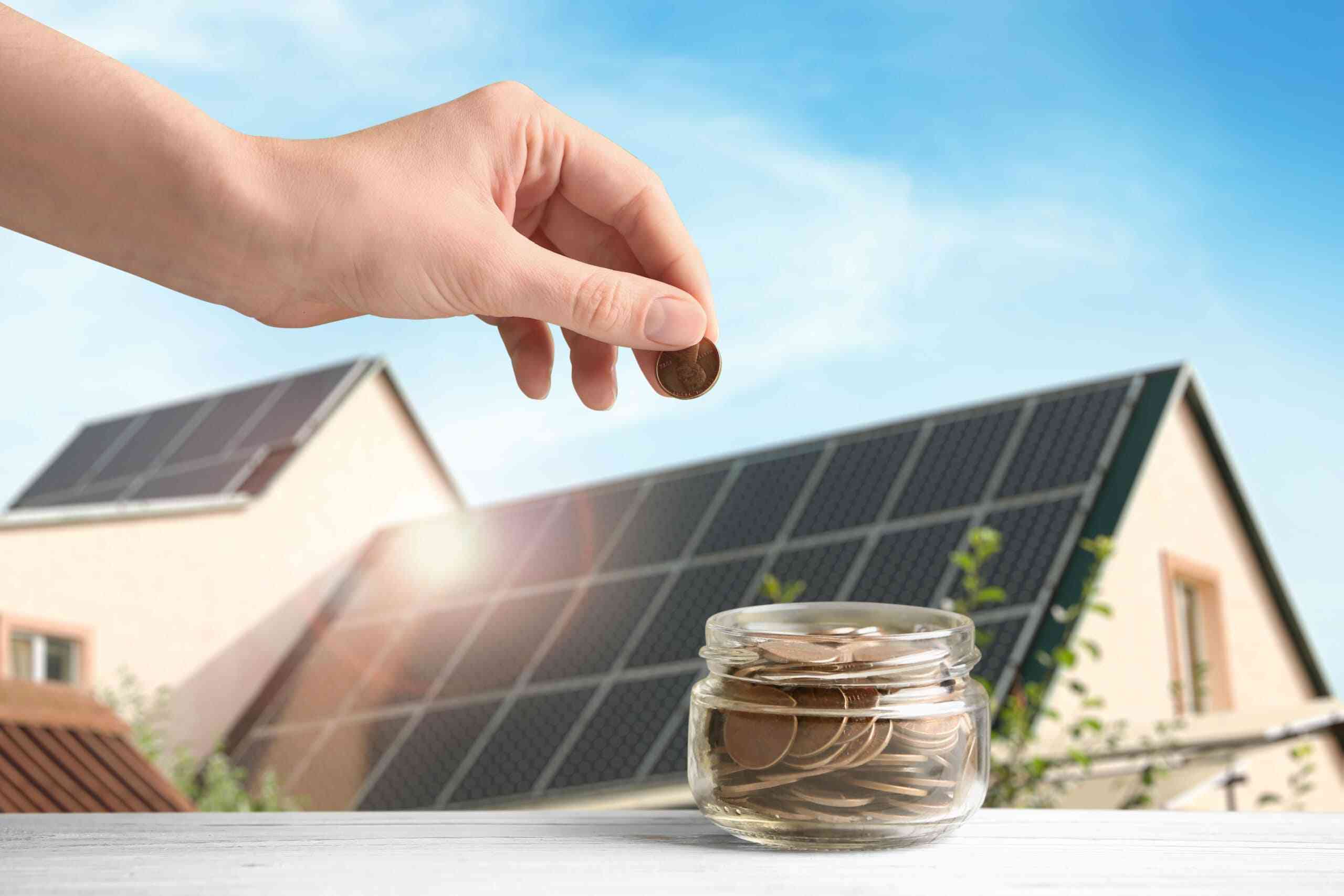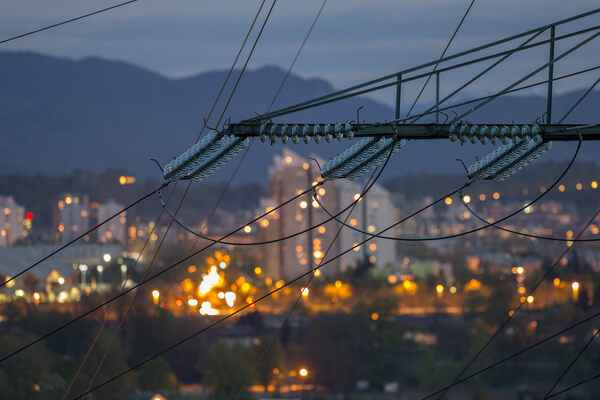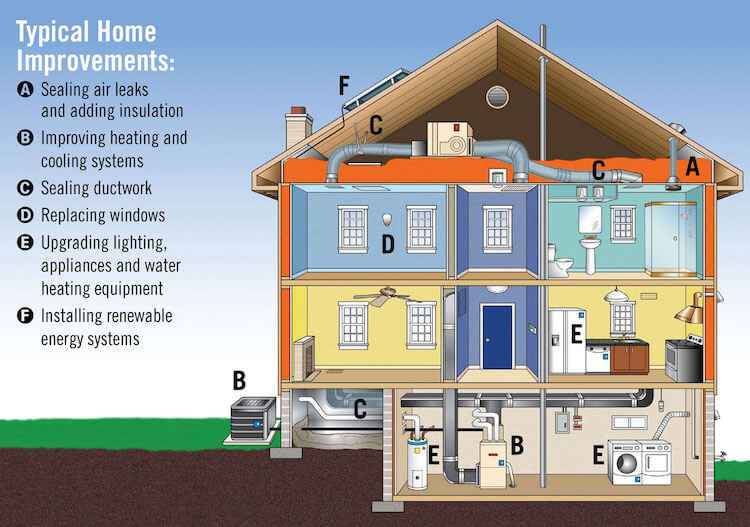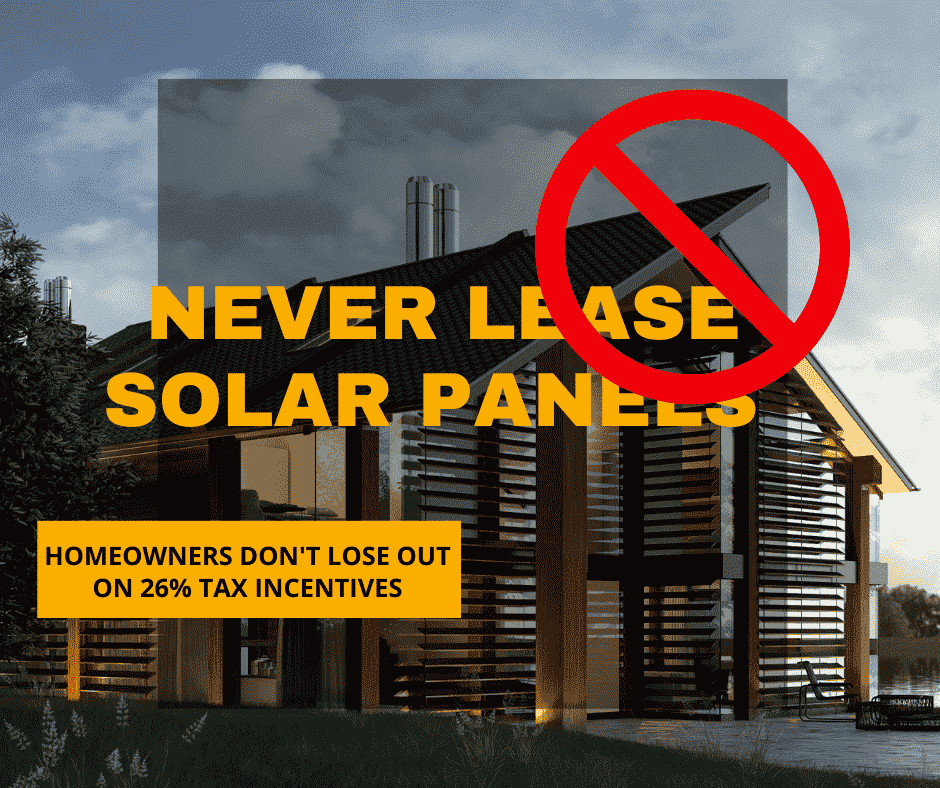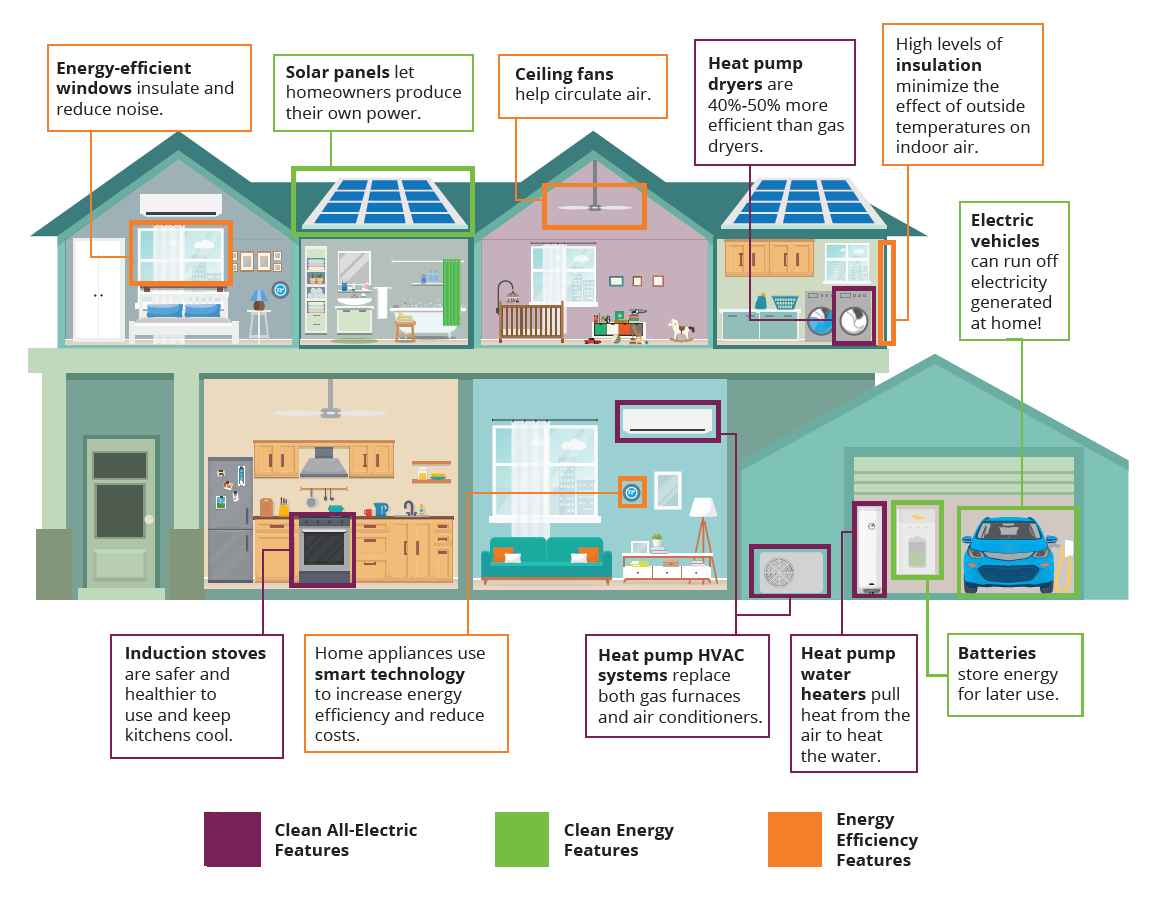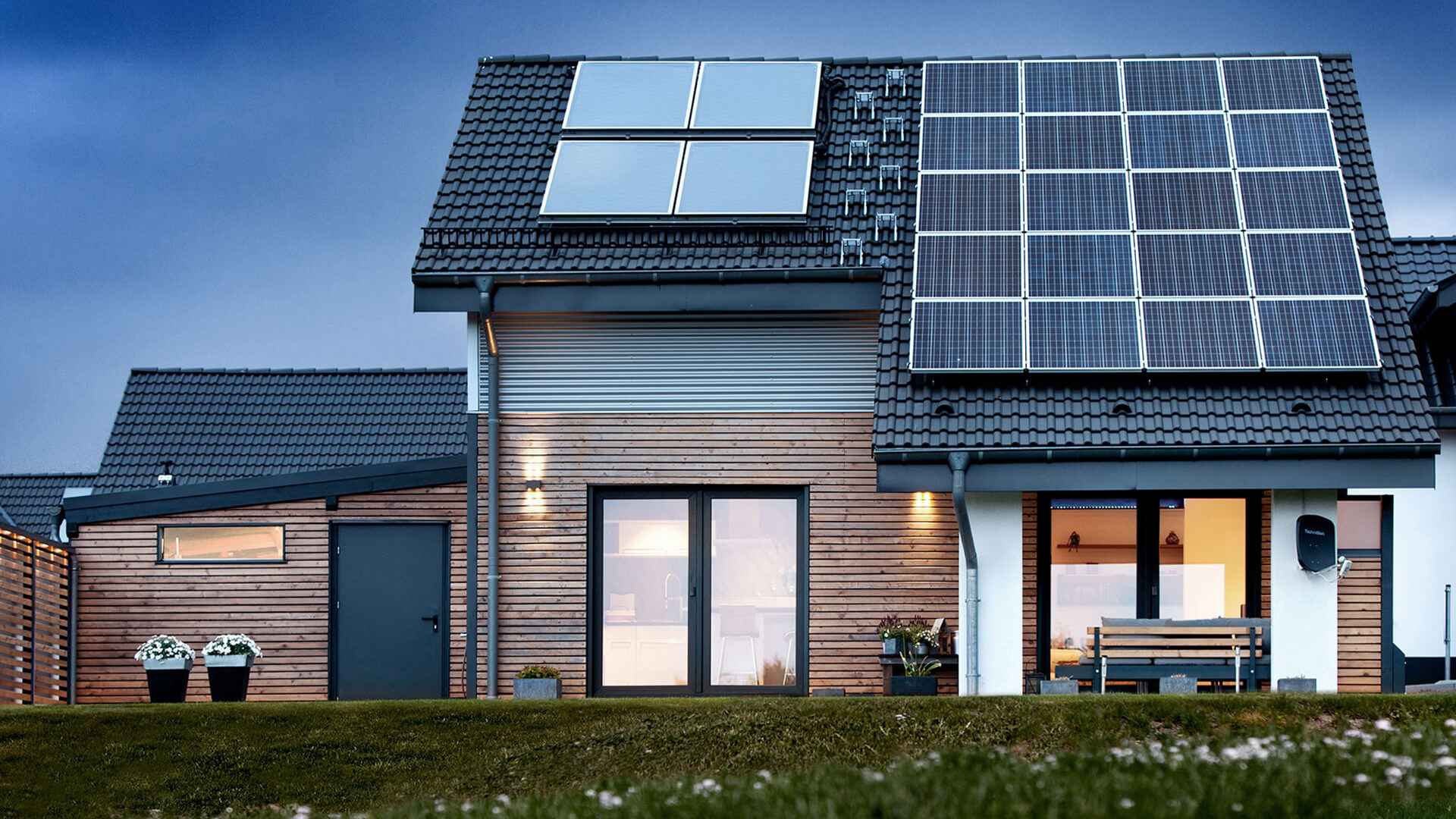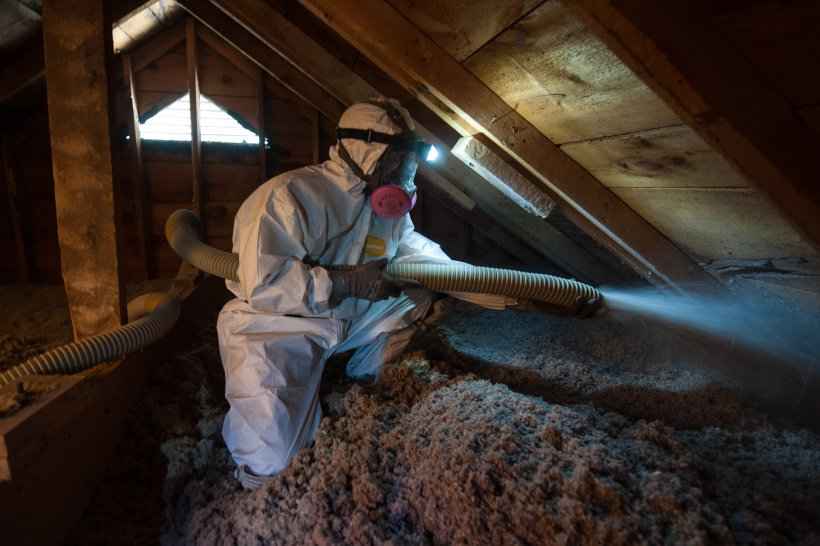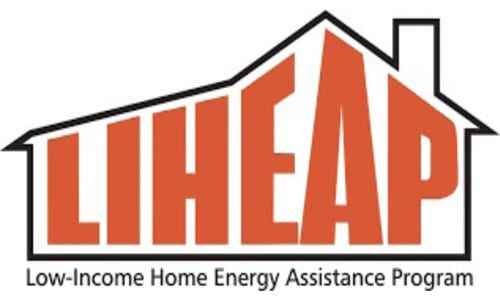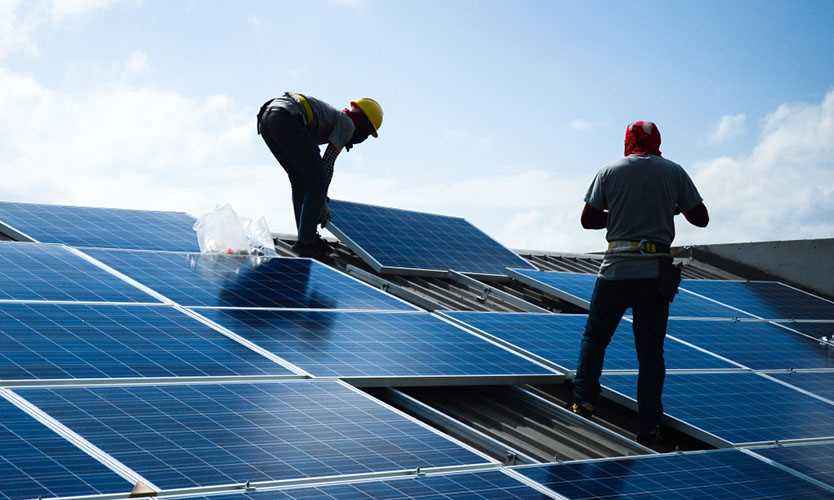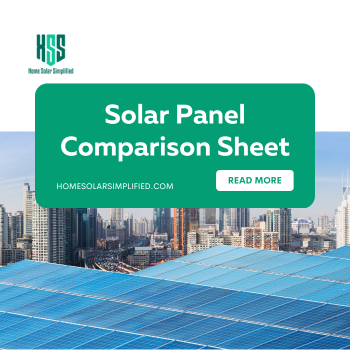
- July 27, 2023
- admin
- 0
Rank | Brand | Model | Efficiency | Warranty | Price (USD/watt) |
| 1 | SunPower | Maxeon 6 | 22.8% | 25 years | 3.30 |
| 2 | REC | Alpha Pure-R | 22.6% | 25 years | 3.15 |
| 3 | Panasonic | EverVolt HK Black Series | 22.2% | 25 years | 3.00 |
| 4 | Q CELLS | 370 Q.PEAK DUO Gen 6-G1 | 21.8% | 25 years | 2.90 |
| 5 | Canadian Solar | HiKu Ultra | 21.6% | 25 years | 2.80 |
| 6 | Trina Solar | Vertex S | 21.5% | 25 years | 2.75 |
| 7 | Silfab | 375-Watt Alpha | 21.3% | 25 years | 2.70 |
| 8 | JA Solar | 380W Tiger Pro | 21.2% | 25 years | 2.65 |
| 9 | Longi Solar | Hi-MO 5 | 21.1% | 25 years | 2.60 |
| 10 | Risen Energy | 400W MaxPower Black Series | 20.9% | 25 years | 2.55 |Rank | Brand | Model | Efficiency | Warranty | Price (USD/watt) |
11 | Trina Solar | Vertex S | 21.5% | 25 years | 2.75 |
| 12 | Silfab | 375-Watt Alpha | 21.3% | 25 years | 2.70 |
| 13 | JA Solar | 380W Tiger Pro | 21.2% | 25 years | 2.65 |
| 14 | Longi Solar | Hi-MO 5 | 21.1% | 25 years | 2.60 |
| 15 | Risen Energy | 400W MaxPower Black Series | 20.9% | 25 years | 2.55 |
| 16 | Astronergy | Maxeon 6 | 20.7% | 25 years | 2.45 |
| 17 | Enphase Energy | IQ 7X 340-Watt AC Module | 20.6% | 25 years | 2.40 |
| 18 | Canadian Solar | HiKu Elite | 20.5% | 25 years | 2.35 |
| 19 | Jinko Solar | Tiger Neo | 20.4% | 25 years | 2.30 |
| 20 | GCL-Si solar | Hi-Mega 6 | 20.3% | 25 years | 2.25 |
A good solar panel should exhibit minimal degradation over time. Solar panel degradation refers to the gradual loss of efficiency and power output that occurs as the panels are exposed to environmental factors and extended use. Several factors contribute to degradation in solar panels:
-
Temperature: High operating temperatures can accelerate degradation. Quality solar panels are designed to handle temperature fluctuations and manage heat effectively.
-
Humidity and Moisture: Moisture ingress can cause corrosion and damage to the internal components of the panel. Good solar panels are equipped with robust sealing and moisture-resistant materials.
-
UV Radiation: Prolonged exposure to UV radiation can lead to the breakdown of materials and decrease panel performance. High-quality solar panels use durable materials with UV-resistant coatings.
-
PID (Potential-Induced Degradation): This is a phenomenon where voltage potential between the cells and the frame of the solar panel causes efficiency loss. A good solar panel incorporates measures to minimize PID.
-
Mechanical Stress: Environmental factors like hail, wind, and snow can cause physical damage to the panels. Well-designed panels have sturdy frames and protective layers to withstand mechanical stress.
-
Material Quality: The choice of materials significantly impacts panel longevity. Good solar panels use high-grade semiconductor materials and encapsulants that resist degradation.
-
Manufacturing Quality: Proper manufacturing processes and quality control are essential for ensuring a panel’s long-term performance and reliability.
Solar panels from reputable manufacturers typically come with performance warranties that guarantee a certain level of power output over a specified number of years. A low degradation rate, often expressed as a percentage of power loss per year (e.g., 0.5% per year), is a sign of a good solar panel that will maintain high efficiency and power output throughout its expected lifespan, which is generally 25 to 30 years or more.
Solar panels are rated based on several key specifications that define their performance and capabilities. The most important ratings used to evaluate solar panels are:
-
Wattage (W): This is the peak power output of the solar panel, measured in watts. It represents the maximum amount of electricity the panel can produce under standard test conditions (STC), which typically include a sunlight intensity of 1000 watts per square meter, a cell temperature of 25°C, and an air mass of 1.5.
-
Efficiency: Efficiency refers to the ability of the solar panel to convert sunlight into electricity. It is expressed as a percentage and indicates how much of the sunlight hitting the panel’s surface is converted into usable electricity. Higher efficiency panels produce more electricity with the same amount of sunlight.
-
Temperature Coefficient: This parameter reflects how the panel’s power output changes with variations in temperature. A lower temperature coefficient means the panel’s performance is less affected by heat.
-
Power Tolerance: Power tolerance indicates the range of power output that the panel manufacturer guarantees. For example, a +/- 3% power tolerance on a 300W panel means its actual output can be between 291W and 309W.
-
Voltage and Current Ratings: These ratings specify the voltage and current at which the panel operates. They are essential for matching the solar panel with the inverter and other system components.
-
Durability and Warranty: The durability of the panel and the warranty provided by the manufacturer are also critical factors in evaluating solar panels. Warranties typically cover performance guarantees and product defects for a certain number of years.
-
Certifications: Look for panels that have passed relevant certifications, such as IEC (International Electrotechnical Commission) standards, which ensure the panel’s compliance with safety and performance requirements.
-
Type of Solar Cell: Solar panels can be categorized based on the type of solar cell they use, such as monocrystalline, polycrystalline, or thin-film. Each type has its advantages and disadvantages in terms of efficiency, cost, and aesthetics.
It’s important to note that the choice of a solar panel should be based on individual needs, location, and budget. While efficiency and power output are significant, other factors like panel size, cost, and installation considerations should also be taken into account to select the best solar panel for a specific application.
